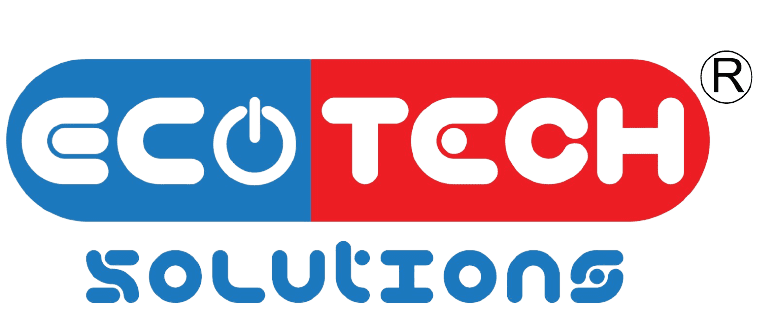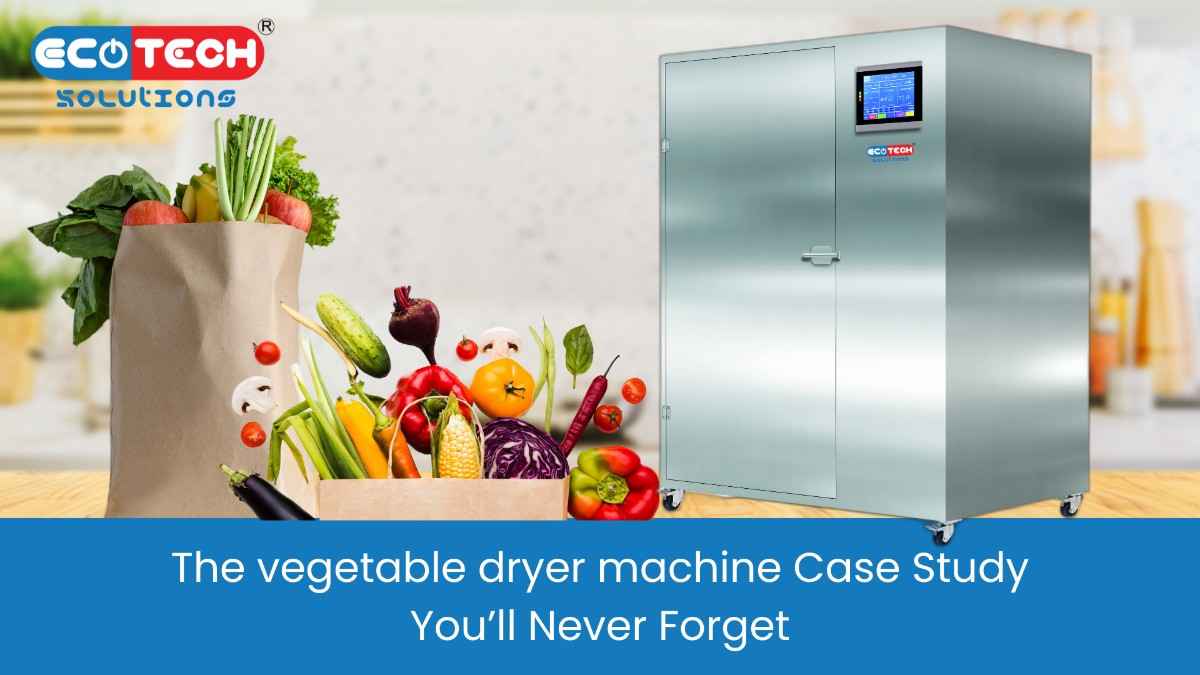A vegetable dryer machine is an advanced piece of equipment designed to remove moisture from vegetables, thereby preserving their nutritional value, flavor, and texture. By reducing water content, these machines prevent bacterial growth and spoilage, ensuring long-term storage without the need for refrigeration or chemical preservatives.
Types of Vegetable Dryer Machines:
- Tray Dryers – Ideal for small-scale operations, these use heated air to dry vegetables placed on trays.
- Belt Dryers – Suitable for continuous drying, these machines use conveyor belts to move vegetables through heated chambers.
- Solar Dryers – Eco-friendly option using solar energy for drying, perfect for sunny regions.
- Freeze Dryers – Advanced technology that preserves nutrients by freezing and then sublimating moisture.
Why Use a Vegetable Dryer Machine?
1. Extends Shelf Life
Drying vegetables reduces moisture, preventing microbial growth and spoilage. This extends shelf life from days to months or even years.
2. Retains Nutritional Value
Unlike traditional sun drying, modern vegetable dryer machines preserve vitamins, minerals, and antioxidants effectively.
3. Reduces Food Waste
Farmers and food processors can save surplus vegetables from rotting by drying and storing them for later use.
4. Cost-Effective & Energy Efficient
Compared to refrigeration or canning, drying vegetables is a low-energy, low-cost preservation method.
5. Enhances Business Opportunities
Dried vegetables have high demand in local and international markets, creating income opportunities for farmers and entrepreneurs.
Case Study: How a Vegetable Dryer Machine Transformed a Farming Community
Background
A small farming community in India struggled with post-harvest losses due to lack of proper storage facilities. Nearly 30% of their vegetable produce would spoil before reaching the market.
The Solution
A local agricultural cooperative introduced a solar-powered vegetable dryer machine, enabling farmers to dry excess tomatoes, onions, and leafy greens efficiently.
Results After 6 Months:
✅ Reduced Post-Harvest Losses – Spoilage dropped from 30% to just 5%.
✅ Increased Profits – Farmers sold dried vegetables at higher prices during off-seasons.
✅ Improved Food Security – Dried vegetables provided a stable food supply year-round.
✅ Sustainable Practice – Solar drying reduced reliance on electricity and fossil fuels.
How Does a Vegetable Dryer Machine Work?
Step-by-Step Drying Process:
- Preparation – Vegetables are washed, peeled (if needed), and sliced uniformly.
- Loading – Vegetables are placed on trays or conveyor belts inside the dryer.
- Drying – Heated air circulates, removing moisture at controlled temperatures (typically 50°C–70°C).
- Cooling & Packaging – Once dried, vegetables are cooled and packed in airtight containers.
Key Factors Affecting Drying Efficiency:
- Temperature Control – Too high can burn, too low may not dry properly.
- Airflow – Proper ventilation ensures even drying.
- Humidity Levels – Lower humidity speeds up drying.
Choosing the Right Vegetable Dryer Machine
Factors to Consider:
✔ Capacity – Small-scale (home use) vs. industrial-scale.
✔ Energy Source – Electric, solar, or gas-powered.
✔ Drying Speed – Faster drying preserves more nutrients.
✔ Durability & Maintenance – Stainless steel models last longer.
Top Brands in the Market:
- Excell Dryers – Known for energy-efficient models.
- SUNSAW Solar Dryers – Best for eco-friendly drying.
- GEA Group – Industrial-grade vegetable dryer machines.
Success Stories from Around the World
1. Kenya – Solar Dryers for Tomato Farmers
Farmers in Kenya reduced post-harvest losses by 80% using solar-powered vegetable dryers, boosting profits by 40%.
2. USA – Freeze-Dried Snack Business
A startup in California used freeze-drying technology to create healthy vegetable snacks, generating $1M in revenue in the first year.
3. Thailand – Community-Based Drying Centers
Villages in Thailand established shared drying facilities, allowing small farmers to preserve and sell dried herbs internationally.
Common Mistakes to Avoid When Using a Vegetable Dryer Machine
❌ Overloading the Machine – Leads to uneven drying.
❌ Ignoring Hygiene – Dirty machines can contaminate food.
❌ Incorrect Temperature Settings – Can ruin texture and taste.
❌ Skipping Pre-Treatment – Blanching helps retain color and nutrients.
Future of Vegetable Dryer Machines
With advancements in AI and IoT, smart dryers with automated temperature and humidity controls are emerging. Solar and hybrid models are also gaining popularity for sustainable farming.
Conclusion
The vegetable dryer machine is a game-changer in food preservation, reducing waste, enhancing nutrition, and creating economic opportunities. This case study proves that investing in the right drying technology can transform agriculture and food processing industries.


